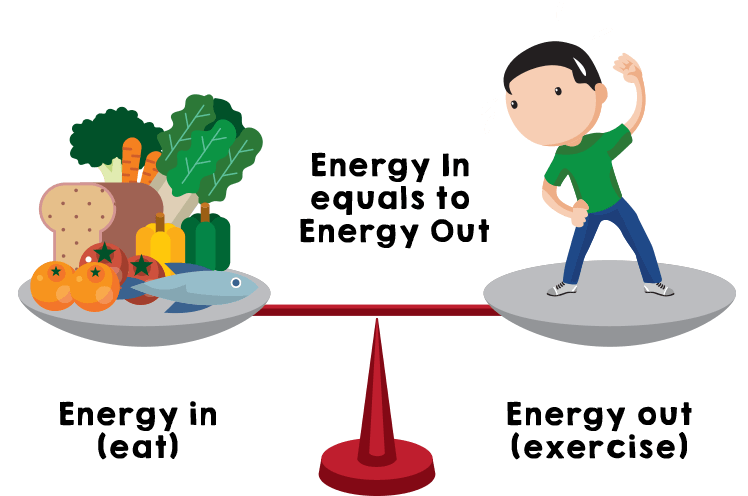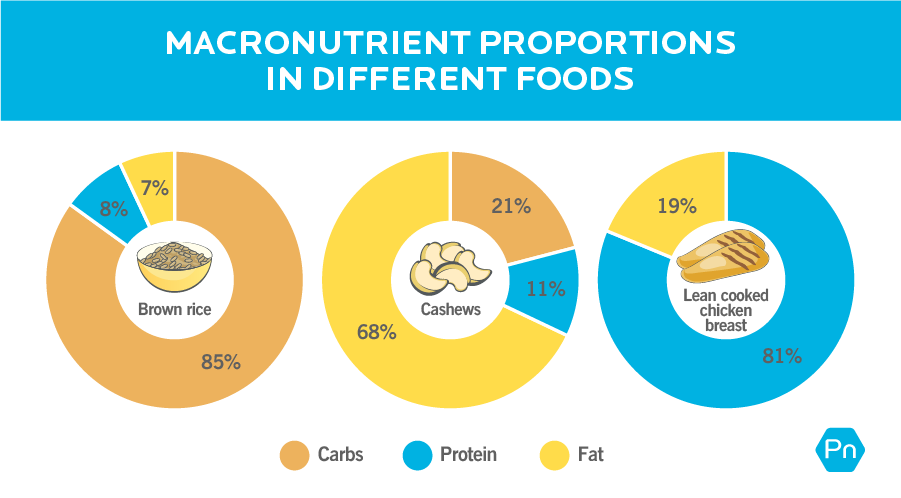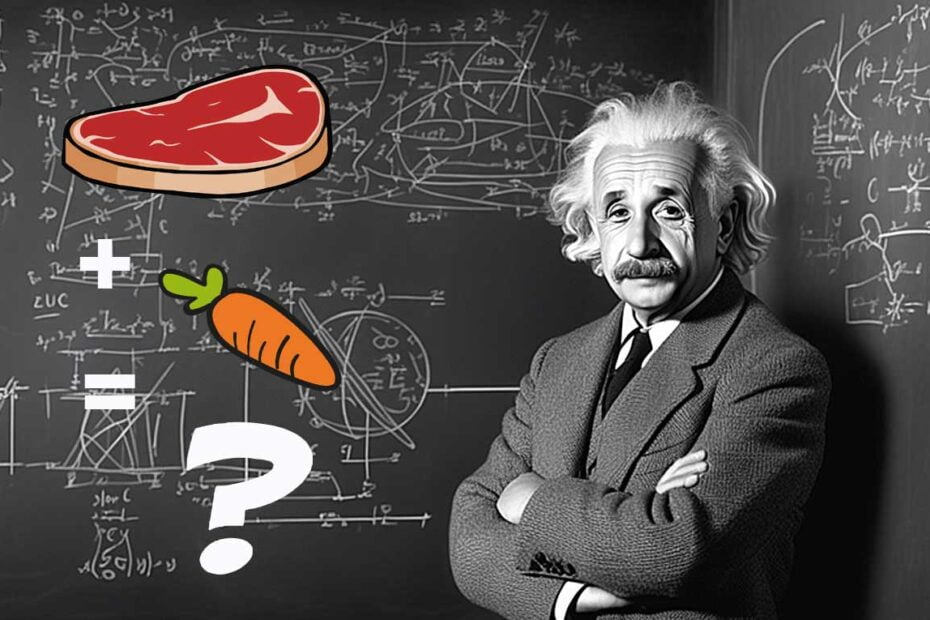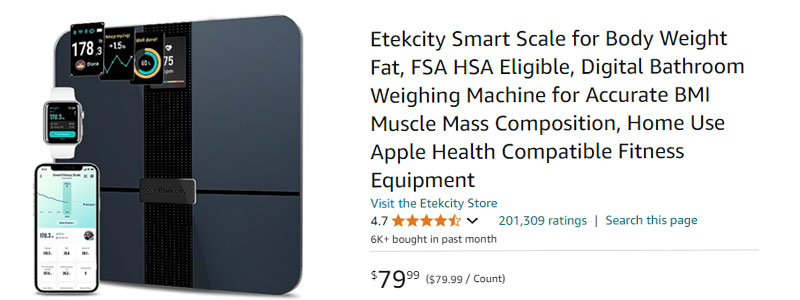Table of Contents
Eating healthy and losing weight often starts with understanding and counting calories and macros (macronutrients). But what do these terms really mean and how can you use them to reach your goals? This beginner’s guide will explain counting calories and macros in simple terms, with practical examples and visuals to make it easy to understand.
What Are Calories and Why Do They Matter?
A calorie is a measure of energy found in food and drinks. Your body uses calories as fuel to perform daily functions and activities. The more active you are, the more calories you need to sustain that activity level. The number of calories you eat affects your energy balance, let’s start counting calories!
- If you eat more calories than your body burns, you store the extra energy as fat and gain weight.
- If you eat fewer calories than your body uses, you tap into stored energy reserves and lose weight.
To lose weight in a healthy way, you have to be in a calorie deficit mode – therefore burning more calories than you consume. A common goal is a 500-calorie per day deficit to lose about 1 pound per week.
Let’s break this down with an example:
- Jane’s body burns 2000 calories per day through regular activities like breathing, digesting food, and daily exercise.
- If Jane eats 1500 calories per day, she has a 500 calorie deficit (2000 burned – 1500 eaten).
- Over a week, this 3500 calorie deficit (500 x 7 days) results in about 1 pound of weight loss for Jane.

Counting calories can help you be more mindful of portions and get a handle on overeating. Apps like MyFitnessPal make it easy to log your food and track calories.
“This idea of ‘a calorie in and a calorie out’ when it comes to weight loss is not only antiquated, it’s just wrong,” says Dr. Fatima Cody Stanford (Stop counting calories – Harvard Health), an obesity specialist and assistant professor of medicine and pediatrics at Harvard Medical School.
What Are Macronutrients and How Do I Track Them?
Macronutrients (macros) are the three main types of nutrients that provide calories:
- Carbohydrates (4 calories per gram) – Found in foods like grains, fruits, vegetables, legumes, and dairy. Used for energy.
- Protein (4 calories per gram) – Found in foods like meat, fish, eggs, beans, and dairy. Used for building and repairing muscle.
- Fat (9 calories per gram) – Found in oils, butter, nuts, seeds, and meats. It provides essential fatty acids and helps absorb vitamins.

Tracking macros involves keeping an eye on the grams of carbs, protein, and fat you eat daily. This helps ensure you get adequate amounts of each macronutrient.
Here’s an example of how to calculate macros for a 2000-calorie diet:
- Carbs: 400 grams (1600 calories)
- Protein: 100 grams (400 calories)
- Fat: 45 grams (405 calories)
Add those together and you get 2000 calories at a good macronutrient balance.
Apps like MyMacros+ make macro tracking easy with large databases of food nutrition info.
Why Macro Balancing Helps With Weight Loss
Eating enough protein and fiber from carb sources can help increase satisfaction and fullness between meals. This improves your chances of consuming fewer calories overall.
Higher protein diets also help retain calorie-burning lean muscle mass when losing weight. Losing weight by diet alone often causes muscle loss, which slows metabolism. Adequate protein preserves muscle.
Low-fat diets sometimes backfire because you need some fat for hormone balance, absorption of fat-soluble vitamins, and to keep you full. Very low-fat deits are hard to stick to long-term.
In short, a balanced macro approach helps with:
- Feeling full between meals
- Preserving metabolism-boosting muscle
- Hormone regulation
- Energy levels
This leads to better appetite control and body composition as you lose weight.
Putting It All Together – Steps to Get Started Counting Calories
Here are some steps to get started with tracking both calories and macros:
1. Calculate your calorie needs
Use our online TDEE calculator to estimate your total daily energy expenditure (calories burned per day). Input your stats and activity levels.
2. Download a tracking app
Try MyFitnessPal or MyMacros+ to easily log food and calories/macros.
3. Set a calorie target
Aim for a 500 calorie/day deficit from your TDEE to lose about 1 lb per week. Adjust as needed over time.
4. Determine your macro targets
Use the app to set carb/protein/fat gram targets based on your calorie goal and activity levels. Many apps will do this automatically.
5. Weigh and track your food
Use a food scale to get accurate serving sizes. Log meals and snacks to ensure you hit your numbers.
6. Adjust as needed over time
Re-calculate your macro and calorie needs on a regular basis as your weight changes. Adjust your targets accordingly.
Final Tips
Tracking calories and macros may seem complicated at first, but with apps it is straightforward. Be consistent, adjust your numbers over time, and stay focused on your goals. Reach out to a dietitian or coach if you need help getting started. Consistency with tracking is key to see results!
Tracking calories and macros is a useful tool to improve body composition, energy levels, and overall health. Start slowly by just tracking total calories, then work on hitting macro targets as well. Making changes step by step is the way to go and sticking to them is the key to success.
Frequently Asked Questions About Counting Calories
How do I know how many calories to eat?
Use an online TDEE calculator to estimate your maintenance calories. Subtract 500 calories to lose about 1 pound per week or add calories if you are underweight and want to lean gain. Adjust over time based on your results and goals.
What happens if I only track calories and not macros?
You can lose weight tracking calories alone, but may lose more muscle mass. Tracking macros as well helps preserve metabolism-boosting muscle while losing fat.
What macro split is best?
There is no single best macro ratio. A good starting point is 40% carbs, 30% protein, 30% fat. Adjust based on your carb tolerance, activity levels, and body goals.
Is it better to track net carbs or total carbs?
For low carb diets, tracking net carbs (total carbs minus fiber) makes sense. But for more balanced diets, tracking total carbs is simpler and sufficient.
How accurate do I need to be with tracking?
Aim to be within 100 calories and 5-10 grams for carbs/protein daily. No need to stress over being ultra precise – consistency is key.
#caloriecounting #cico #macros #macrocounting #weightloss #fatloss #diet #nutrition #eathealthy #iifym
Was this Article Helpful?
We hope that you found this article helpful and informative. We are always striving to provide you with the best content and resources on how to count calories. We would love to hear from you and get your feedback and suggestions.
Please visit our Facebook page and leave us a comment or a message. Tell us what you liked or disliked about this article, what you learned or want to learn more about, and what you want us to write about next.
Your input is very valuable to us and helps us improve our work and achieve our goal of helping you reach your health and fitness goals. Thank you for reading and supporting us.





















